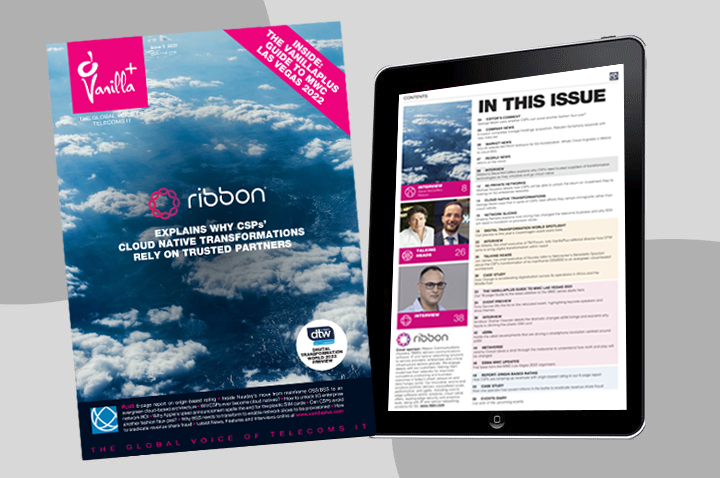In the previous part of the blog we saw how network operators need fresh approaches in order to generate new revenue and hold up their profitability in a challenging and fast-evolving market. In this part Joerg Koenig, director Vertical Solutions at TIBCO explains two more reasons for changed market,
The issues that lie behind the model
So far, so good. But what are the challenges of this new model? How does it work in practical terms? On the path to digital transformation, where are the stumbling blocks?
To begin with, the telco must realise that this change in business model will lead to billing flexibility, away from minutes, bytes and message volumes and towards value-based pricing. In other words, the telco can base pricing on the value of a transaction or the service being consumed, as opposed to the number of bytes consumed. This does create challenges for the telco around the valuation of a transaction or service, and thus makes it useful for the telco to have the right tools so that they can manage and monitor what is really going on with traffic.
Transforming a telco business to take advantage of this new operating model will be all about integration and automation. The telco operates a broad web of applications from its core to edge and will need to support much higher levels of unpredictable scaling that will be inevitable with an on-demand model. Some of these applications will have to be migrated, replaced by SaaS applications, or deployed into different private or public clouds and platforms.
Some will have to be kept on premise for data legality or latency reasons, or perhaps re-written to support a microservice architecture. Furthermore, the rise of IoT will mean integration of new devices that will require data aggregation and filtering. This wide range of architecture, deployment, scaling and performance choices will change over time and will require a matching integration capability that will support future innovation.
Essential to the Telco Cloud model will be the success with which APIs are made available by the telco to third parties. Providing easily consumable, well packaged API products, will attract partners and so drive revenues and business growth. In a platform model, APIs will be the ‘face’ of the telco and the ease with which they can be deployed, tried and consumed will provide crucial differentiation. The speed with which they can be created, tailored, managed and secured to protect backend systems will be critical.
Unpredictability is the new normal. Once APIs are published, the take up from customers and partners should lead both to great success and also to unforeseen levels of usage. There will inevitably be a feeling that the telco is losing control of the API. This is a very different model from the classical subscriber growth approach, and will need a very different mindset.
All of this on-demand network configuration from customers and partners, added to the effect of billions of connected IoT devices, brings the need to monitor and manage decisions in realtime in a way that is bigger than any sort of human interaction can cope with. This means that all aspects of OSS/BSS orchestration, configuration and operation will trend towards automation. This necessitates deep and wide advanced analytics and the use of lightweight, real-time algorithms to detect and trigger action, deployed from core systems right out to devices on the edge of the network.
Finally, as the telco network becomes more programmable and network functions become virtualised, the promise of a reduced cost of ownership will be realised. Added to this are the value benefits of the platform approach once an ecosystem of partners can, via a self-service portal and APIs, configure new services on demand. Maximising the value that the telco can derive from this, it requires that the entire OSS/BSS stack be in alignment.

Everything from on-boarding customers and partners, executing on demand order and service orchestration to network configuration, tailored pricing, end to end assurance and all across physical, virtual and third-party networks and services will need to support the telco cloud platform. The wide variety of possible users and services means that such processes must be automatically generated, not simply scripted or coded.
Time to lead, not follow
We have seen that it is no longer sustainable to base a telco business around old ways of delivering and charging for services. The old-school linear pipeline where customers buy the capacity they need from operators via a conventional supply chain is on the way out. It no longer meets requirements.
This creates an opportunity for telcos to reinvent the basis on which capacity is supplied. The successful telco will be a leader and innovator in this dynamic ecosystem, not a follower. They will need to show this leadership in numerous ways, for example by embracing a software-driven automated approach to network provisioning and management, and by enabling partners to work with them on taking their business in new directions. There is a need for a bold and decisive approach, and the time for that is now.
The author of this blog is Joerg Koenig, director Vertical Solutions at TIBCO
Comment on this article below or via Twitter: @ VanillaPlus OR @jcvplus






